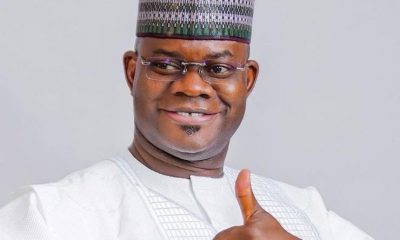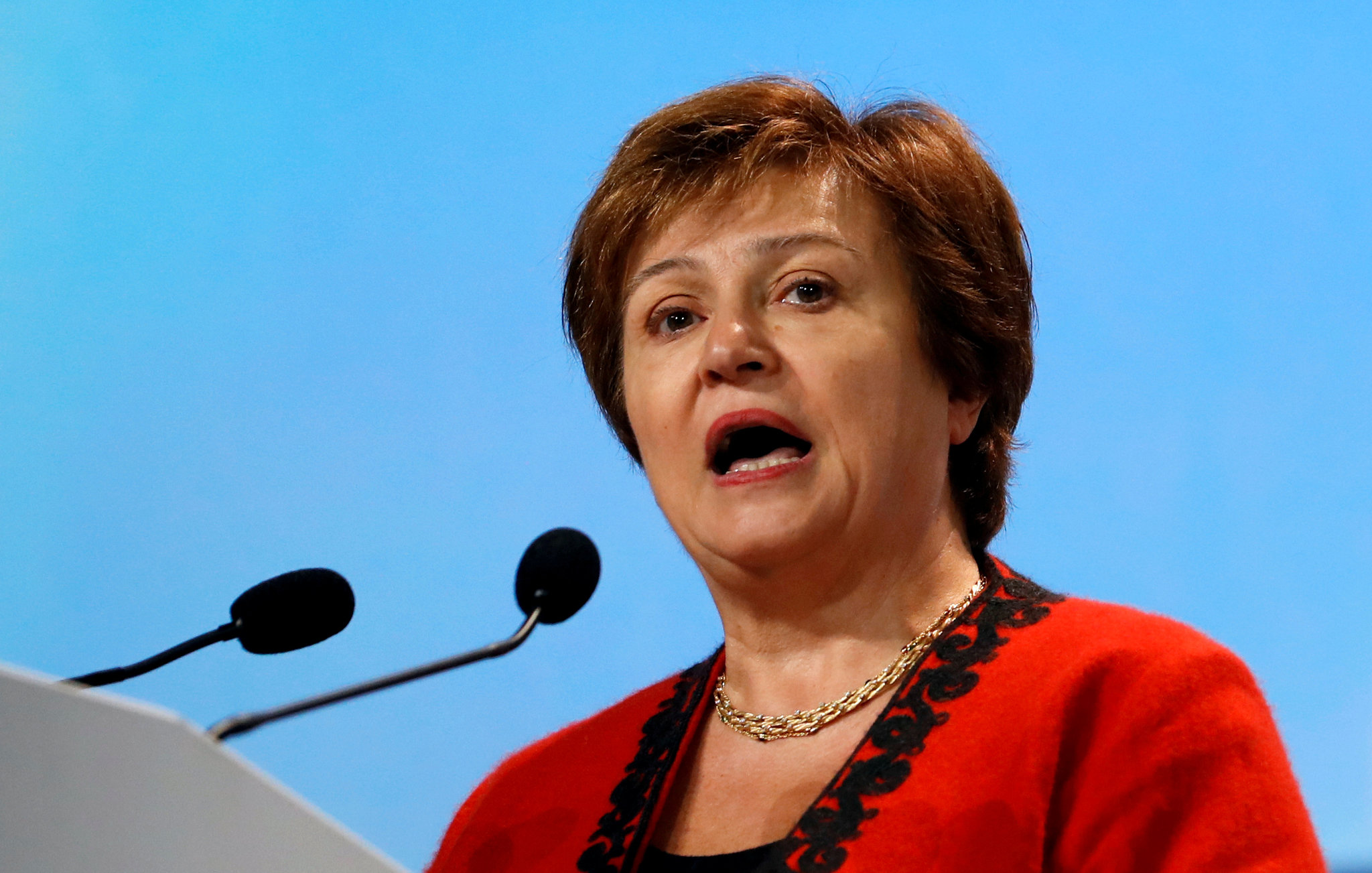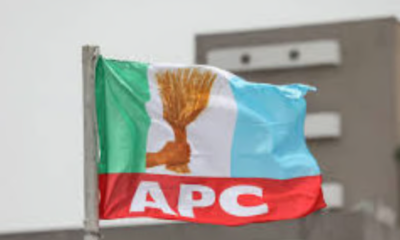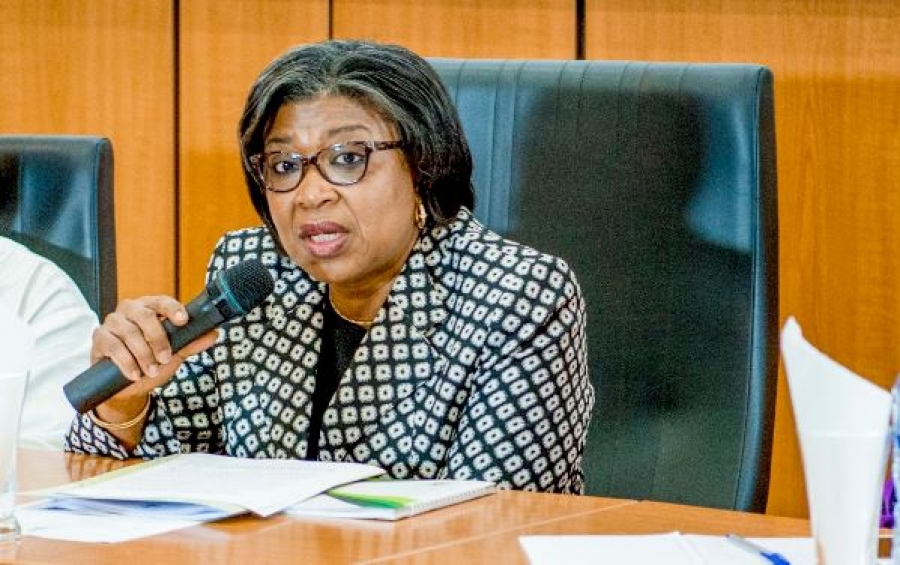The Debt Management Office (DMO) says Nigeria is actively reducing debt service cost by accessing World Bank loans.
The office took this position in a statement on Wednesday, while clarifying issues relating to the nation’s indebtedness to the multilateral organisation.
Nigerians have continued to express displeasure over the federal government’s incessant borrowings, especially with the country’s total public debt at N46.25 trillion, and a growing debt service cost.
In 2022, Nigeria’s debt service-to-revenue ratio was at 80.6 percent — a figure far above World Bank’s suggested 22.5 percent for low-income countries like Nigeria.
The country plans to cut its debt service-to-revenue ratio to 60 percent this year, which is still high, relative to the World Bank’s stipulated percentage.
Recently, Zainab Ahmed, minister of finance, budget and national planning, announced that the federal government secured $800 million from the global bank, as part of its post-subsidy palliative plans.
READ ALSO: DMO raises concerns over Nigeria’s rising debt burden
The fund is to be disbursed to over 50 million poor and vulnerable Nigerians.
While the latest borrowing provoked public outburst, the agency said the nation’s indebtedness to the World Bank was a positive development.
The DMO said loans such as the post-subsidy palliative fund from the bank come from the International Development Association (IDA) and the International Bank for Reconstruction and Development (IBRD).
IDA is a member of the World Bank Group and is Nigeria’s single biggest creditor, with a portfolio worth $12.57 billion.
Clarifying reports that IDA loans to Nigeria grew from $6.29 billion in 2015 to $13.46 billion in 2022, the agency said it was “a plus” that the nation qualified to access the facility, as such loans give the country the luxury of time for repayment.
“Whilst these figures are correct for IDA loans only, it is actually a positive development contrary to the narrative in the media reports,” DMO said.
“Positive development in the sense that IDA loans are concessional, that is, they allow low charges and are for very long tenors in some cases, exceeding 30 years.
READ ALSO: FG spends N3.63trn to service external, domestic debts in 2022
“These are the types of loans required to fund development in countries such as Nigeria. By accessing IDA funding, the government is actively reducing debt service costs, since non-concessional funding is usually more expensive.
“Indeed, it will be inefficient for Nigeria to borrow from commercial sources when concessional funding sources such as IDA are available.”
The agency said the medium-term debt management strategy (MTDS 2020-2023) outlined effective debt management models for the country.
“The MTDS actually states that we will maximise funds available to Nigeria from multilateral and bilateral sources in order to access cheaper and longer tenor funds,” DMO added.
“Therefore, borrowing from IDA is an implementation of this strategy.”

 Health & Fitness3 days ago
Health & Fitness3 days ago
 Featured7 days ago
Featured7 days ago
 Education1 week ago
Education1 week ago
 Aviation5 days ago
Aviation5 days ago
 Business1 week ago
Business1 week ago
 Business7 days ago
Business7 days ago
 Crime1 week ago
Crime1 week ago
 News6 days ago
News6 days ago

